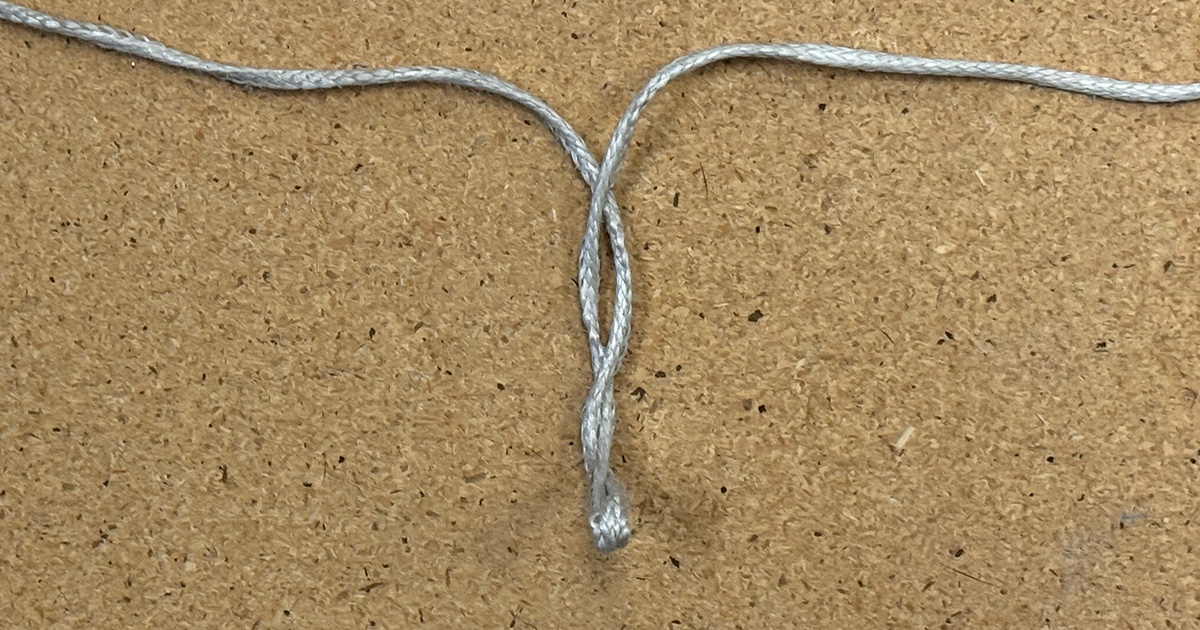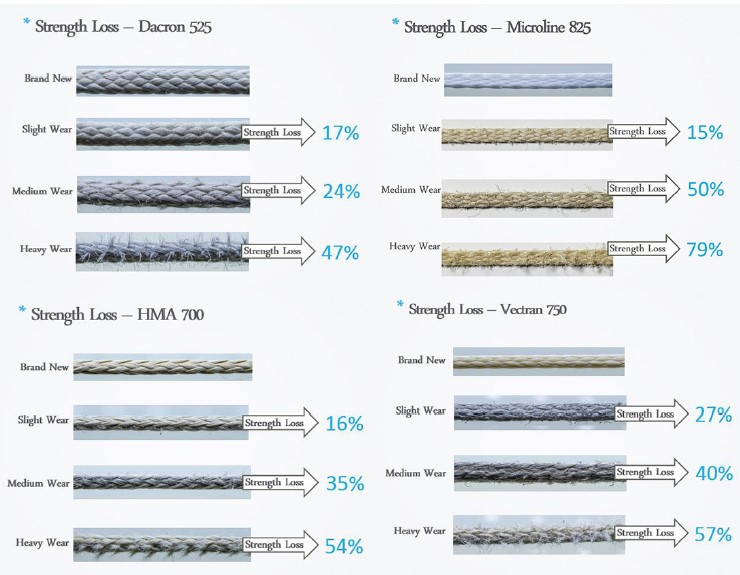Gimme A Brake!
It seems simple enough. After your parachute opens and you perform your visual inspection, you grab both toggles, pull them down to release the brakes, steer the parachute to the landing area and flare for landing. Once on the ground, you stow your brakes and pack the parachute. Wash, rinse, repeat on every skydive for the rest of your jumping days. But it’s not always that simple.
Brake-line issues have caused serious injuries and fatalities over the years. The details indicate that three different issues led to most of those accidents:
- Improper packing and stowage of the excess loop of brake line
- Releasing the brakes too late to allow time to perform emergency procedures after discovering a problem
- Poorly maintained lines that break during landing
Packing Problems
Skydivers and manufacturers have handled the stowing of excess brake line in a variety of ways over the years. Using touch fasteners (aka Velcro) was the preferred method in the 1980s and much of the 1990s. However, the hook side of the Velcro was hard on brake lines, causing them to fray and wear out prematurely. Velcro would also eventually wear out and lose its holding strength. Over the last quarter century, manufacturers have experimented with a variety of ways to stow toggles and the excess brake loop, usually with binding tape or elastic to hold the excess line. Some designs are better than others.
The bottom line is that no matter what gear you are jumping, it is critical that the risers hold the steering toggles securely and that there is some way to stow the excess loops of steering line in a way that keeps them tight against the risers until you release the brakes. It is fairly common to see rigs packed with the excess loop hanging beside the riser rather than secured correctly in its keeper. This is a recipe for disaster. So, whether you pack your own main or you use a packer, ensure that the excess is stowed neatly away. There should be no way that you could inadvertently reach through a loop when releasing the brakes.
Insecure keepers that allow the toggles to dislodge on opening have also caused malfunctions. If a toggle can slip easily from the keepers on the riser, it increases the likelihood of it getting knocked loose and releasing the brake line as the canopy inflates, causing a rapid spin in the direction of the stowed line. This scenario has led to countless spinning-line-twist malfunctions over the years. If your toggles seem loose in the keepers, your local rigger can usually fix it cheaply and easily. At worst, you will need to buy a new set of risers.

Here, a tension knot begins to form as twists accumulate in the brake line.
Improper Procedures
Some jumpers elect to leave the brakes stowed during much of the descent and steer with the rear risers, releasing the brakes just before entering the landing pattern or to set up for a high-performance approach. Provided everything goes perfectly, this process works. However, several jumpers have died after releasing their brakes below their hard decks, only to discover a problem with their brake lines too low to safely initiate emergency procedures. Skydiver’s Information Manual Chapter 4 recommends that students and A-license holders initiate emergency procedures by at least 2,500 feet, B- and C-license holders by at least 2,000 feet, and D-license holders at an altitude that is appropriate for their experience and equipment. Your deployment altitude also needs to allow enough time for full canopy inflation and any post-deployment procedures such as removing the slider or stowing it behind your neck. Once those tasks are complete, you should release the brakes and perform a canopy-control check while still above your decision altitude.
Seemingly small issues with your toggles or brake lines can lead to big problems. People have died or been injured when tension knots interfered with the smooth application of brakes. When a knot catches on the guide ring on the back of the riser, it can trap the steering line on one side, creating an uneven flare for landing. To reduce the chance of a brake line forming a tension knot, remove the twists from your steering lines before stowing your brakes. If the toggles are tied incorrectly with the knot located even a small distance away from the toggle, it leaves enough of a gap for the knot to get trapped above the guide ring on the riser, leading to a momentarily stuck brake line on one side. This can also lead to an uneven flare for landing and a hard impact while still in a turn. You can visually inspect your toggles to make sure the knot that ties off your brake line is snug against the toggle. A rigger can make adjustments if needed.
Poor Maintenance
In addition to packing errors and procedural mistakes, gear degradation itself can be a hidden danger, especially when it comes to brake lines. It’s a common misconception that if lines are going to break, it’ll happen on opening. In reality, lines can break at any stage of canopy flight—including landing, when you have the least margin for error. Jumping a worn-out line set increases the risk of a line breaking at this critical stage of canopy flight, and this has resulted in serious injuries and fatalities.
Over the course of your canopy’s lifetime, its line set will need to be replaced periodically, with the brake lines replaced more frequently than suspension lines, as they wear out faster. How often you will need to replace your lines depends on several factors: the type of line (Dacron, Microline, Vectran, HMA), your wing loading, how often you jump and environmental conditions like dust, sand, humidity or UV exposure. Keep yourself safe by performing diligent gear inspections and performing preventative maintenance. Walk your control lines regularly to remove twists and inspect their condition. Inspect your slider grommets for nicks and burrs that can fray your lines over time. Replace your brake lines at the first sign of wear, ideally before they develop a fuzzy appearance, visible broken fibers or the weave of the line starts to separate. If you have any doubt, talk to your rigger.

These four photos show stages of wear and strength loss in the different line types. Courtesy of Performance Designs.
With the speed and descent rates common with modern parachutes, it is critical that the equipment be in perfect condition, and that jumpers use proper procedures to ensure the parachute is flying correctly before reaching decision altitude. Landing safely is the most critical task of every skydive.
 About the Author
About the Author
Jim Crouch, D-16979, was USPA Director of Safety and Training from 2000-2018. Today he happily flies other people’s airplanes for aerial survey projects. Years ago, he learned the importance of this topic when an undetected steering-line malfunction resulted in a hard landing and broken back.